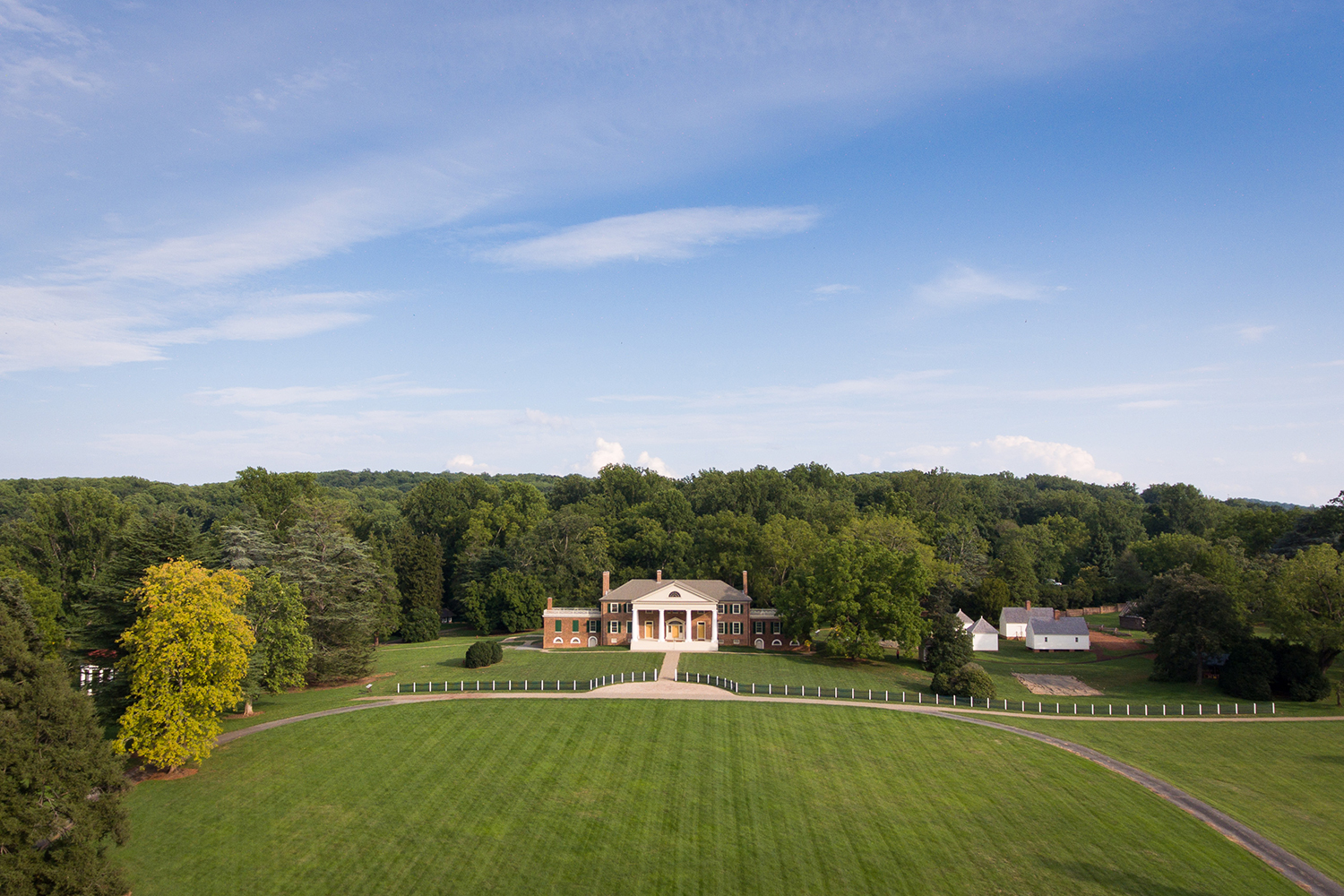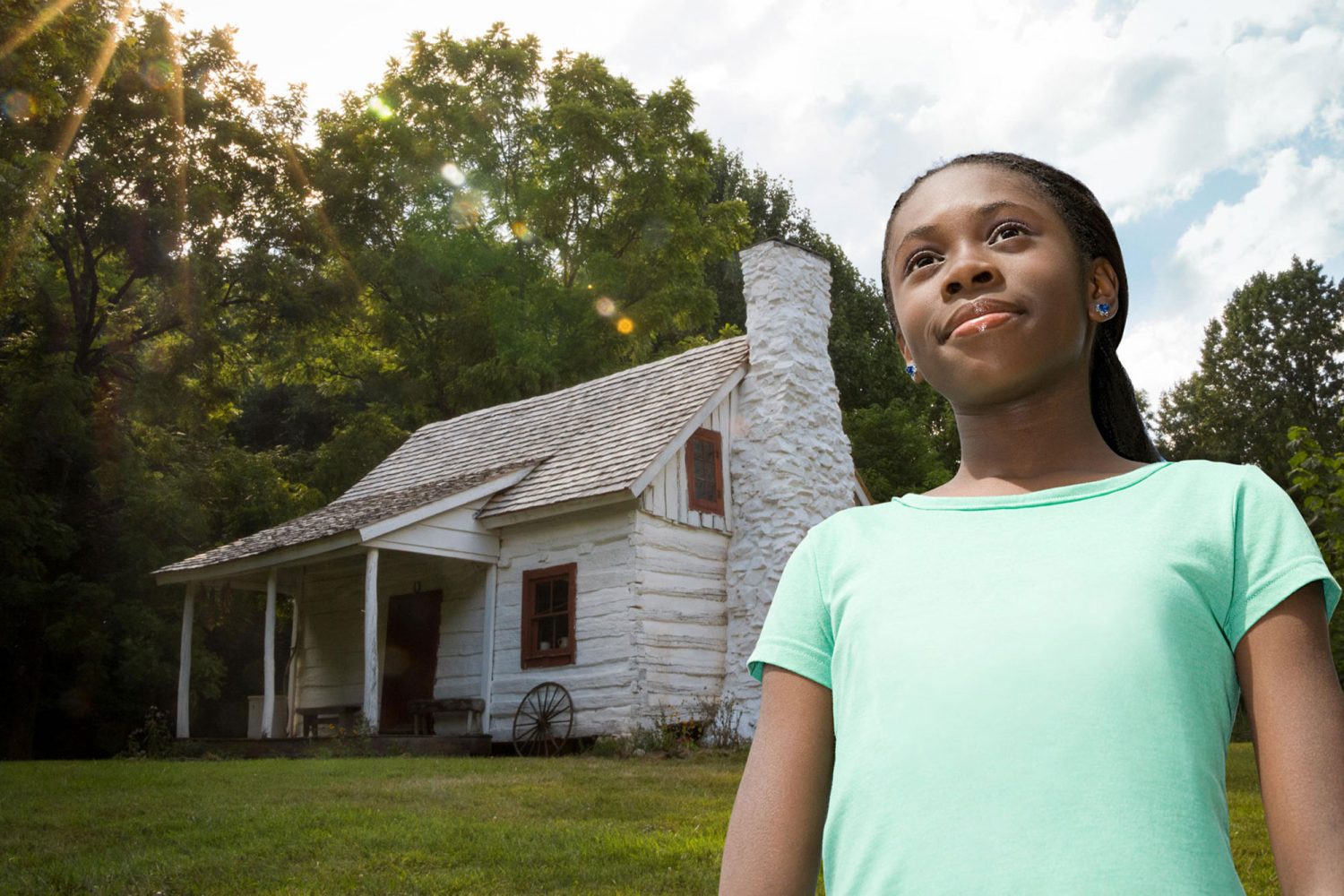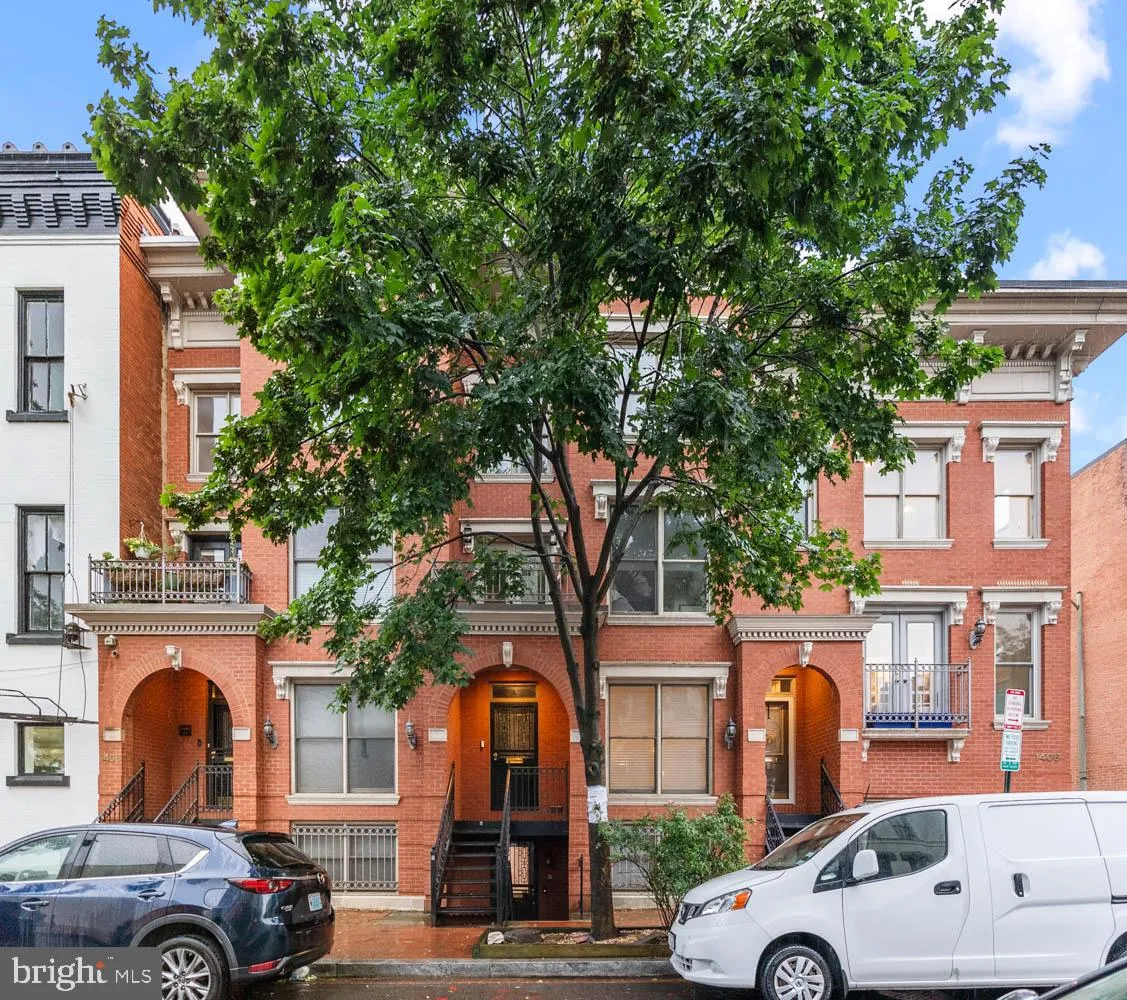Less than 2 hours from Washington, D.C., President James Madison’s Montpelier is not only the home of the Father of the Constitution, it is also a vibrant space with a constantly unfolding history inside and out. The award-winning exhibition, The Mere Distinction of Colour, brings us a step closer to understanding slavery’s full story. A story we all share. Outside one can explore (for free) over 2,700 acres of meadows and walking trails through old-growth forests. Picnic on grounds or stop at the foodie favorite, The Exchange Cafe. History doesn’t sit still here and neither will you. Come make your own history at our house.

Explore 8 Miles of Trails through Old-Growth Forest
Montpelier’s 8+ miles of well-marked walking trails are one of the Virginia Piedmont region’s best-kept secrets. Winding through horse pastures, wildflower meadows, and historic paths through the Old-Growth Landmark Forest, the trails offer spectacular views of the Blue Ridge Mountains and intimate encounters with native plants and wildlife. The Montpelier Trails are open to the public seven days a week.

More to see on grounds:
This stunning enclosed 2-acre garden incorporates many of the perennials in the early duPont garden – many varieties of bearded and Japanese iris, Day Lilies, and Peonies – along with other plant materials common to the period.
Gilmore Cabin: A Freedman’s Farm
George Gilmore was born a slave at Montpelier around 1810. Following his emancipation after the Civil War, he purchased land across the street from what are now the gates of Montpelier, and built his family’s cabin in 1873, establishing the first Freedman’s farm in the United States.

The picturesque 1910 train depot is located adjacent to the Montpelier gates and houses the permanent exhibition In the Time of Segregation.







